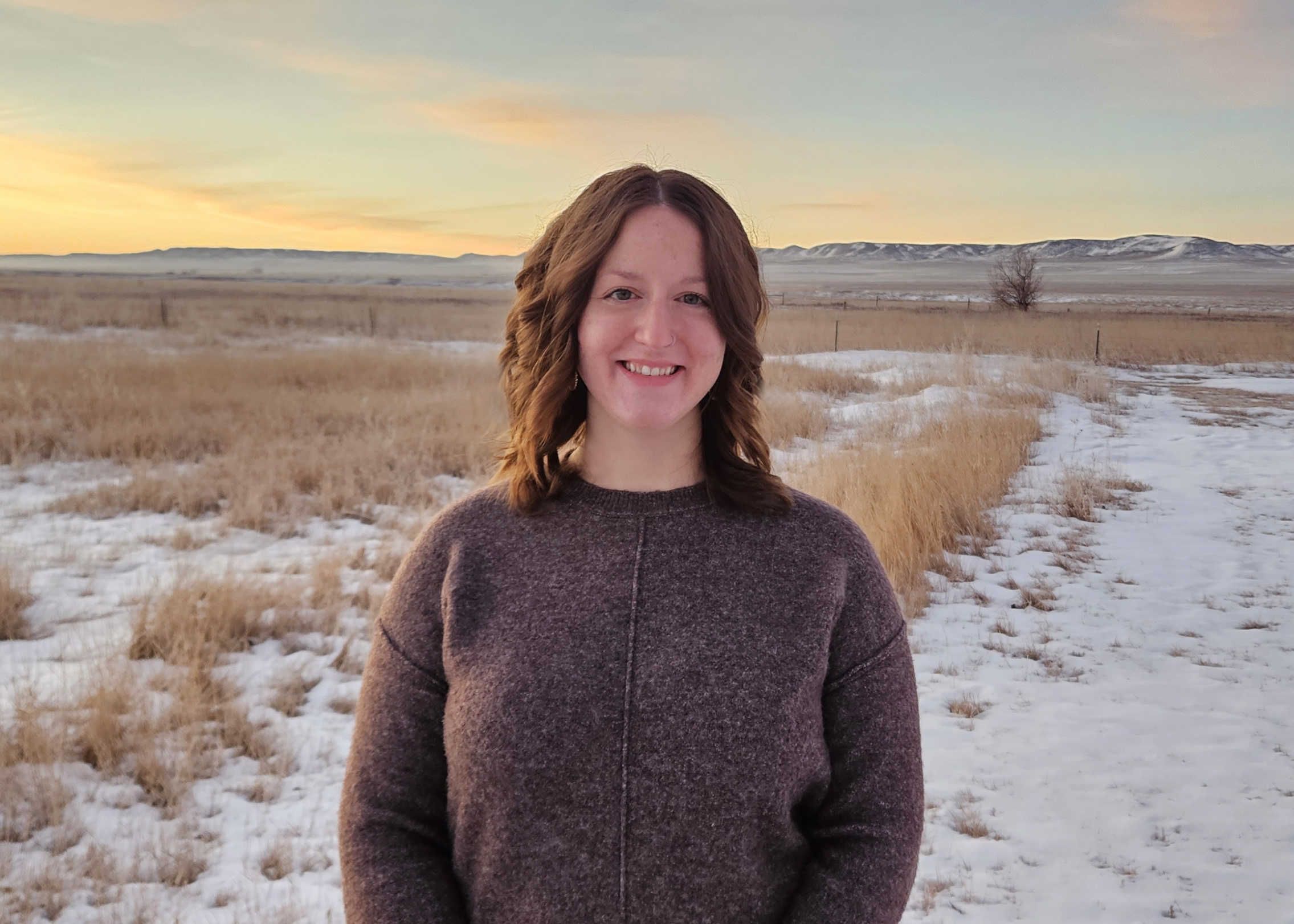Hi there! I’m Tayler Scherr—one of two Science Integration Specialists with the Northern Great Plains Joint Venture (NGPJV). I work primarily in southeastern and central Montana while Krista Erdman, my counterpart with the NGPJV, covers western South Dakota. I’m thrilled to be a part of the Joint Venture and would like to share with you a little bit about myself and my new role here.
In 2022 I earned a master’s degree from the University of Wyoming where I studied how temperature and habitat loss affects sagebrush-obligate songbirds on natural gas fields in western Wyoming. As I wrapped up my master’s degree, I took a position as a Wildlife Habitat Biologist with the Bird Conservancy of the Rockies. My job at Bird Conservancy was to work with landowners, land managers, and other partners to foster voluntary conservation on private lands. After nearly five rewarding years in that position, I am excited to take on this new role as Science Integration Specialist.
So, what does a Science Integration Specialist do anyway? I’m so glad you asked!
As a Science Integration Specialist, my job is to help bridge the gap between science and on-the-ground conservation by making it easier for land managers to apply (or integrate) the wide range of research, tools, and programs available to them. Our partners work daily to better measure the success of conservation practices used to retain, enhance, and restore grasslands. But with so many available resources, it can be overwhelming and difficult for land managers to be aware of them all, let alone access and utilize them. My goal is to simplify this process.
Many ranchers, farmers, federal and state agencies, nonprofit organizations, and tribes working and living in the grasslands have one thing in common: they think a lot about land stewardship and our shared natural resources. But while every stakeholder is invested in maintaining healthy ecosystems, grasslands conservation is an ever-evolving field. With the growing recognition that grasslands in the Northern Great Plains (and throughout the entire grasslands biome) are vital to food security, rural communities, and environmental well-being, one of the questions our partners ask themselves is how they can maintain healthy grasslands that not only support local producers and economies, but healthy wildlife communities as well. However, because approximately 70% of the remaining intact grasslands in the NGP are privately owned, conservation here looks a bit different than it does elsewhere.
Partnerships with private landowners is vitally important to maintaining intact grasslands. One way we can foster these partnerships is by creating methods to implement practices that maintain healthy grasslands. One such method is Montana Focused Conservation, through the Natural Resources Conservation Service (NRCS). A large part of my role is to partner with NRCS staff to integrate science into Targeted Implementation Plans (TIPs), a cost share program for producers through the Environmental Quality Incentives Program in Montana. TIPs are a focused and results-oriented way to spend Farm Bill dollars to fund practices on private lands like building fences to facilitate healthy grazing rotations; installing tanks and water systems to provide livestock with reliable drinking water; and implementing prescribed, rotational grazing to help create heterogeneity on the landscape. Funding these practices supports local producers while also directly supporting healthy grasslands and the many birds and other wildlife that depend on them.
Although I grew up in a North Dakota ranching community, I knew little about ranching beyond its importance to rural community health and the nation’s food supply. Having worked with these incredible land stewards and currently living on a cattle ranch myself, I have and continue to learn more every day about just how invested ranchers truly are in seeing this ecosystem thrive. The more we can demonstrate the success of private land’s conservation, as well as communicate these successes to the broader public, the greater benefits we will see for our grasslands and our grassland bird species of concern. This is what I find most exciting about my new role with the NGPJV as Science Integration Specialist.
I look forward to working with you, our partners, across the grasslands of Montana! Please feel free to reach out to me via e-mail at tscherr@ducks.org or by phone at 406-939-5059.

